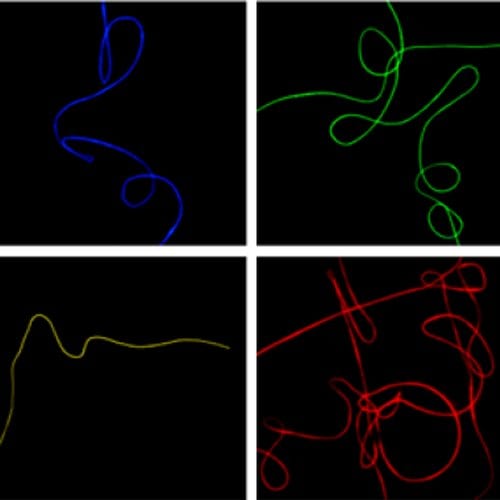 Polymeric nanofibers are attracting burgeoning interest as innovative nanoscale structures, exhibiting peculiar, smart properties useful for many applications, including filtration, sensing, tissue engineering, optoelectronics and photonics. The interest towards this class of nanomaterials relies on their physico-chemical properties, on their high surface to volume ratio and on the availability of low-cost production techniques.
Polymeric nanofibers are attracting burgeoning interest as innovative nanoscale structures, exhibiting peculiar, smart properties useful for many applications, including filtration, sensing, tissue engineering, optoelectronics and photonics. The interest towards this class of nanomaterials relies on their physico-chemical properties, on their high surface to volume ratio and on the availability of low-cost production techniques.
Among other methods, electrospinning offers a valuable compromise between throughput and control of the nanostructure composition, shape and size. Moreover the high stretching of the liquid jet during the electrospinning process can lead to anisotropic physical properties of the collected nanofibers and to enhanced optical and electronic features due to the peculiar macromolecular packing within the electrospun fibers.
As emerging field, the development of light-emitting nanofibers for optoelectronics and photonics can be pursued by using either optically inert polymers doped with low-molar-mass fluorescent molecules (typically organic dyes), inorganic quantum dots, etc., or organic semiconducting polymers.
Andrea Camposeo et al. (Universita del Salento, Istituto Italiano di Tecnologia, and Soft Materials and Technologies S.r.l.) now have reviewed the properties of light-emitting electrospun nanofibers. They show how these innovative polymeric nanomaterials have potential applications as sub-micron light sources, waveguides, as active components of lasers and transistor devices with electro-optical interplay, and as nanoscale sensing elements.

















